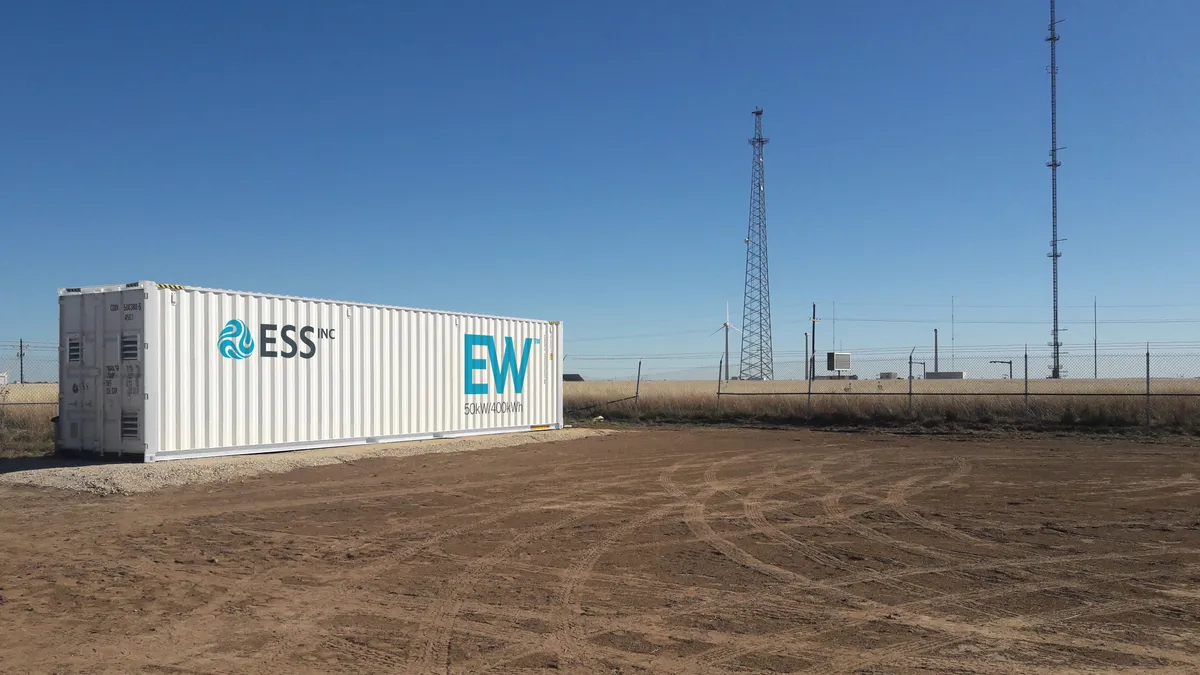Dive Brief:
- Energy storage projects will no longer need approval from California zoning authorities, according to a new law signed by Governor Gavin Newsom, D, on August 29.
- The new law, Assembly Bill 2625, exempts energy storage projects from the state’s Subdivision Map Act, which creates and defines the authority of local legislative bodies to approve, disapprove or set conditions for subdivision parcel maps and any modifications to such maps.
- Working through the formal subdivision process can add months or even years to project timelines for developers and landowners interested in energy storage, according to the California Energy Storage Alliance, which supported AB 2625.
Dive Insight:
Energy storage projects in California can now move through the development process without consulting local zoning authorities, thanks to a new bipartisan law passed by the California legislature on Aug. 8.
The bill, authored by California state assembly member Phil Ting, D, exempts leases or easements associated with the construction, sale or lease of an energy storage system from the requirements of the state’s Subdivision Map Act. Renewable generation projects were already exempt from the act, which also includes a number of other exemptions.
The new bill should allow California to deploy energy storage systems more quickly and efficiently, according to CESA. Depending on the project details and location, obtaining subdivision approval can extend project timelines significantly, CESA said.
“A vibrant, growing energy storage industry has a vital role to play in supporting California’s clean energy transition and delivering a more affordable, efficient, reliable, safe and sustainable electric power system for all Californians,” CESA Executive Director Alex Morris said in a statement.
“To meet its ambitious decarbonization goal, California will need to develop and deploy hundreds of new storage installations. While much work remains to be done, I believe this legislation is a key milestone in our effort and greatly improves the efficient permitting of a resource California increasingly cannot live without.”
CESA estimates that California will need to add at least 10,000 MW of energy storage within the next decade.
“The bipartisan support my bill received is a testament to the benefits that clean energy delivers to all Californians — economic growth and job creation, cleaner air, strengthened energy security, and lower energy bills,” Ting said in a statement.
“I am encouraged by the momentum we have built for this overdue reform, and I look forward to seeing an even more rapid deployment of energy storage to further California’s clean energy goals, strengthen our grid, and reduce the cost of electricity across the state.”













